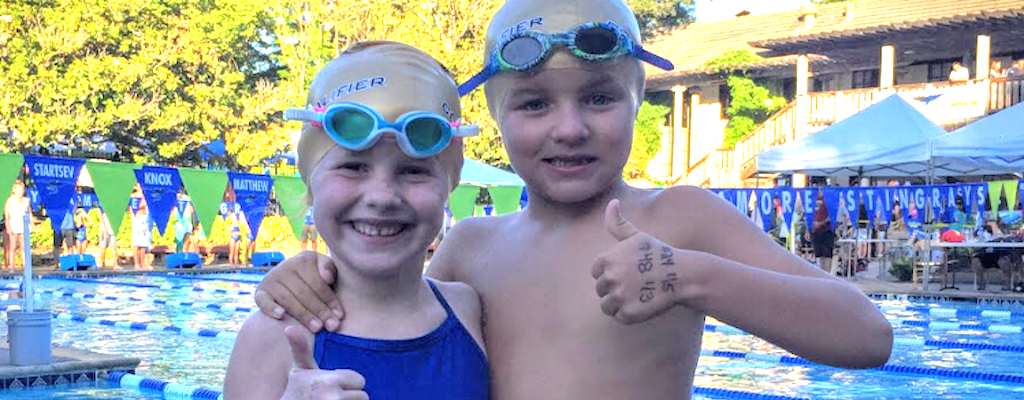Diabetes + Exercise
Editor’s Note: Consult your doctor before engaging in a new exercise regimen. Exercising with type 1 diabetes can lead to potentially dangerous swings in your blood sugar levels.
Exercising with type 1 diabetes is complicated. The type of exercise, time of day, length of your workout, types of insulin, pump vs. injections, the last time you ate, etc. are some of the many variables that determine how it will affect your blood sugar.
But regular exercise is also an important part of managing type 1 diabetes and your general health, so learning how to make it part of your routine is worth the effort.
The primary risks of physical activity for the athlete with type 1 diabetes (T1D) are essentially two:
- Hypoglycemia (low blood sugar)
To prepare for hypoglycemia, keep at least 15 to 20 grams of fast-acting carbohydrates on hand at all times. Aerobic exercise, such as jogging, tends to drive blood glucose down depending on how much insulin is already active in your bloodstream. Learning how to adjust insulin doses and time your exercise accordingly can significantly reduce your risk of hypoglycemia during and after exercise.
- Hyperglycemia (high blood sugar)
Certain high-intensity or anaerobic exercises, such as weight lifting or sprinting, can increase blood sugar levels. Learning how to adjust insulin doses and time your exercise accordingly can significantly reduce your risk of hyperglycemia during and after exercise.
Here, we offer a variety of resources to help you manage your blood sugar around different types of exercise and different methods of controlling the many variables that make it complicated.
Get Started
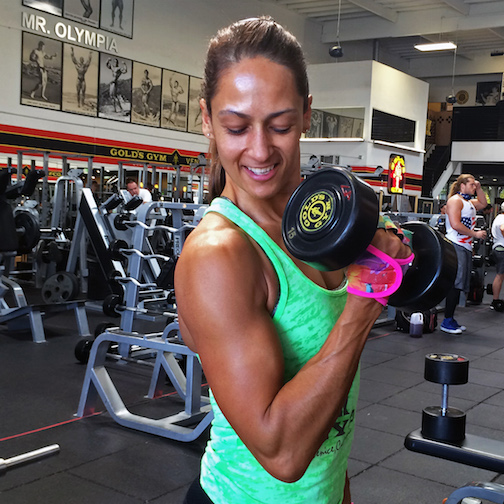
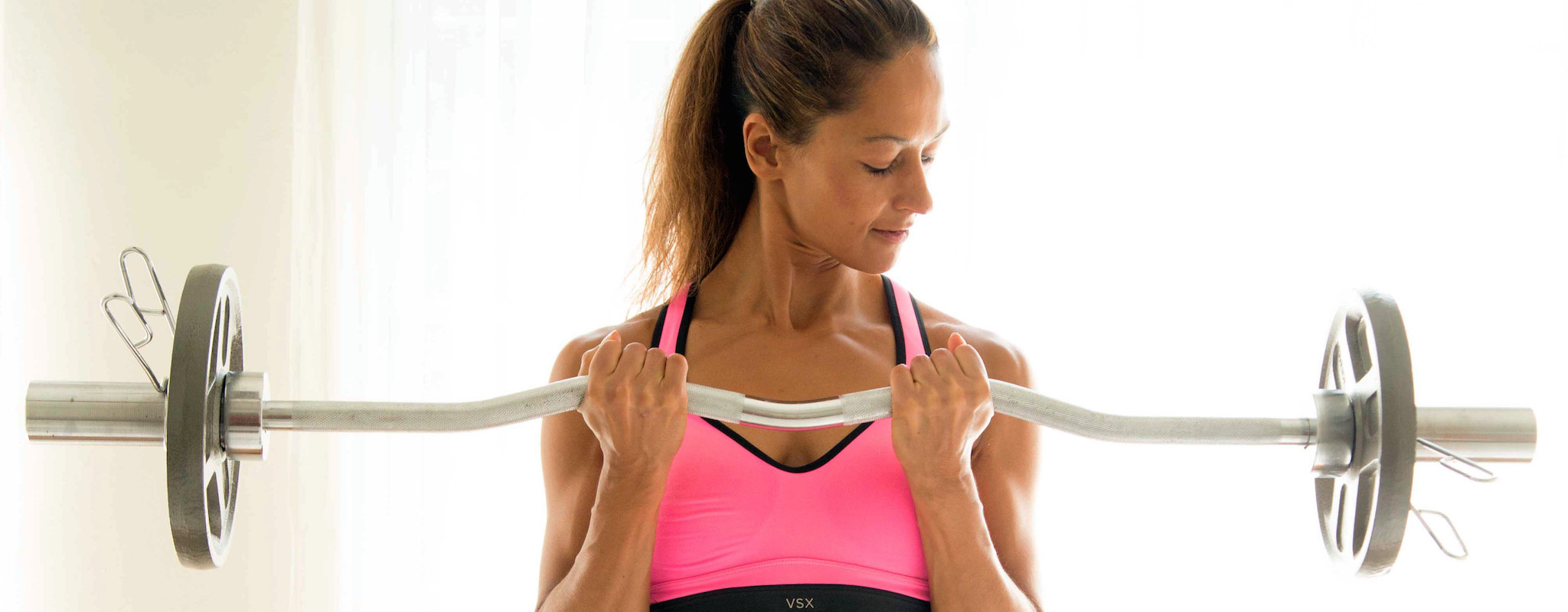
Start Working out with T1D
I’m a big advocate of resistance training. I even compete in fitness competitions so I definitely practice what I preach. I believe that resistance training is the most effective way to get in shape...MORE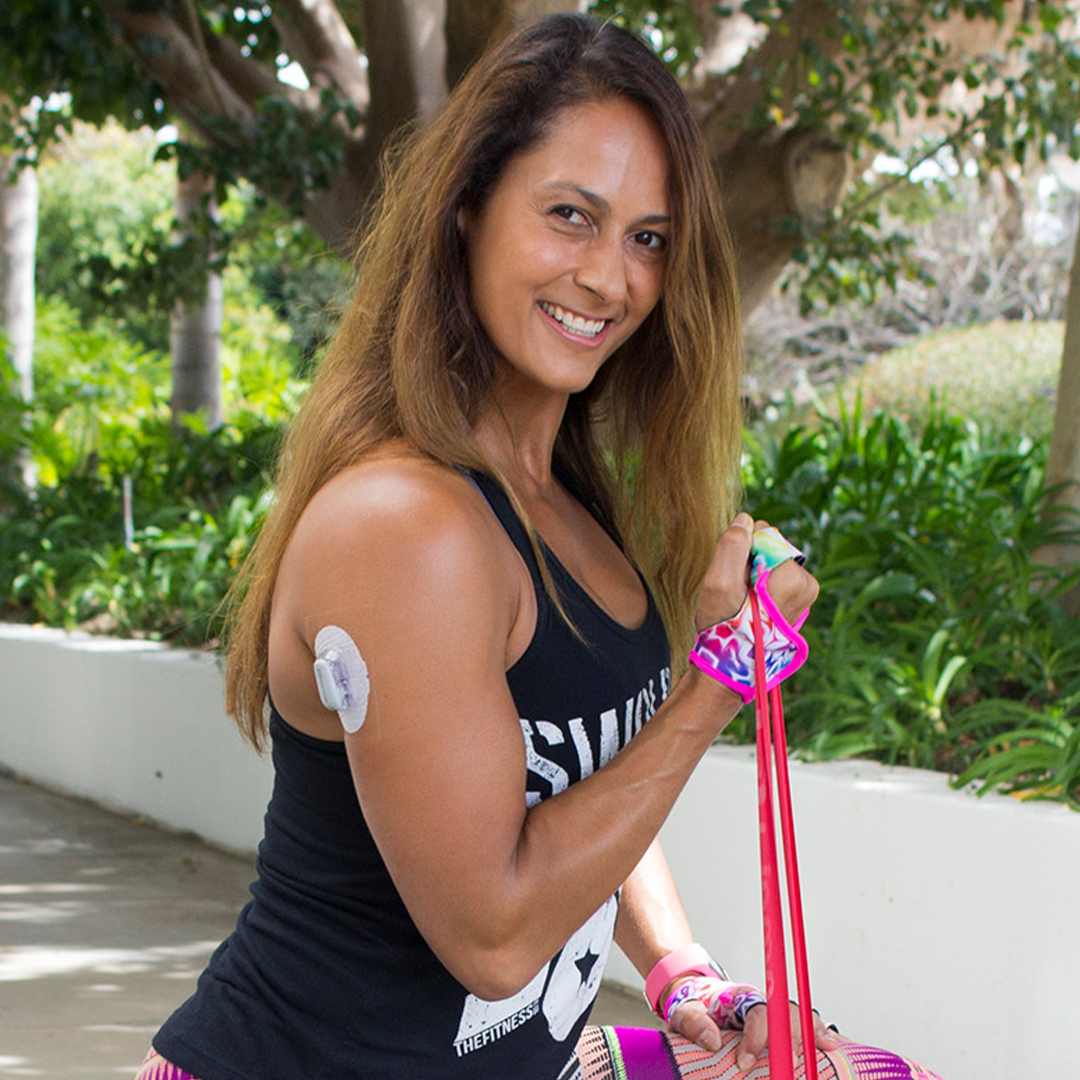
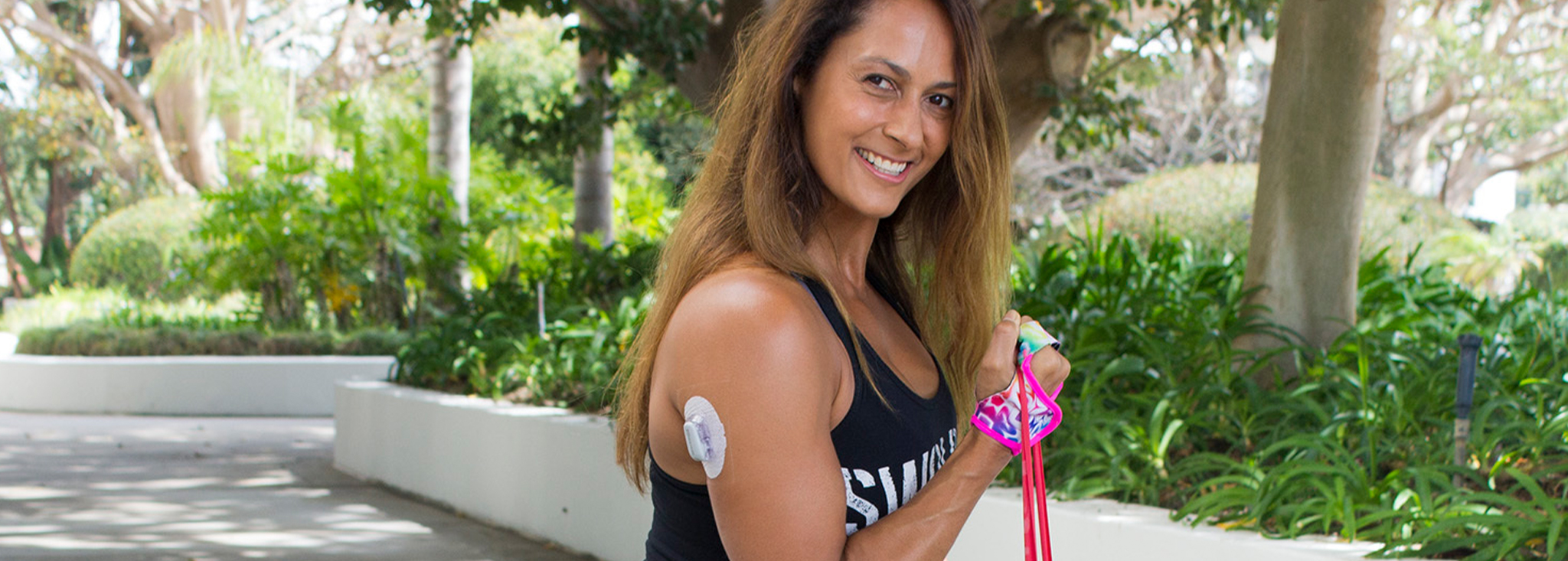
3 Diabetes Fitness Myths You Shouldn’t Believe
I want to talk about diabetes myths because I hate seeing some of these myths discourage people living with diabetes from exercising, eating well and living full and healthy lives.MORE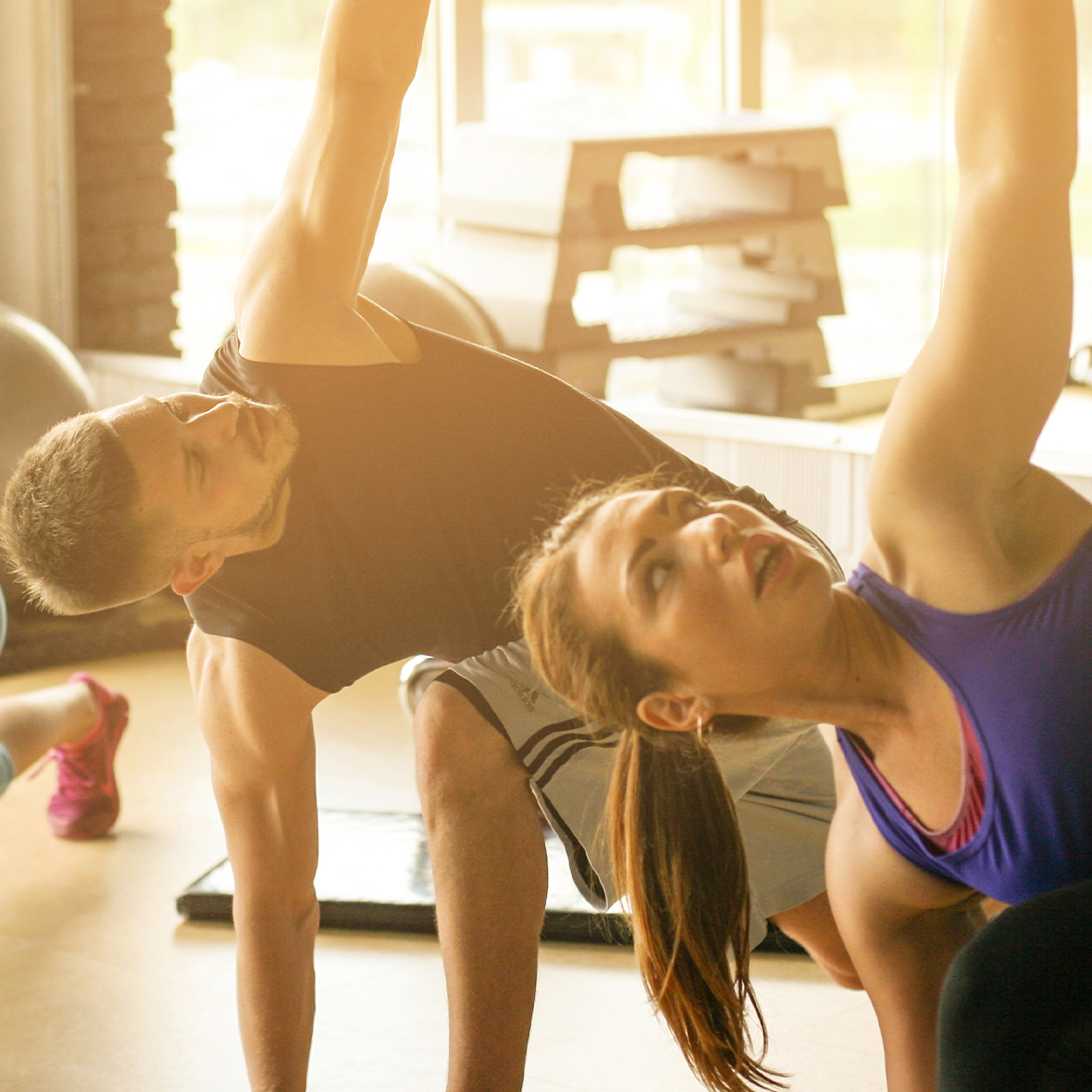
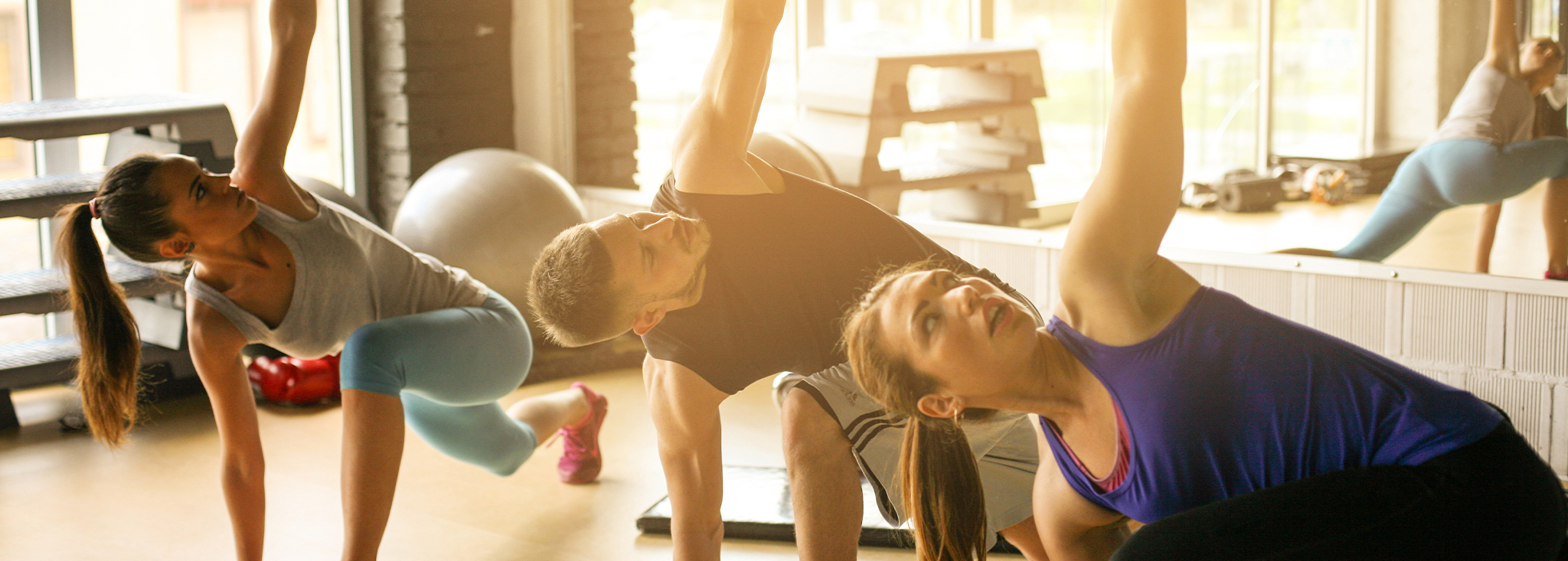
Get Out There: Exercise Tips from T1D Athletes
So whether you are just getting started or are looking to increase the intensity of your workouts, here is the helpful advice our panel had to share!MORE

Get Moving with T1D: Exercise Basics
Get moving with a healthy, blood sugar friendly exercise routineMORE

Your Child Can Exercise Safely with T1D
Learn helpful guidelines for when to reduce your child's insulin intake, increase carbohydrate, and respond to various blood sugar levels.MORE

Avoid Exercise Lows: How to Time Your Workouts Around Insulin Doses
Looking for a way to avoid those mid-exercise low blood sugars? This method can help, whether you’re exercising first thing in the morning or later in the day!MOREManage the Highs + Lows
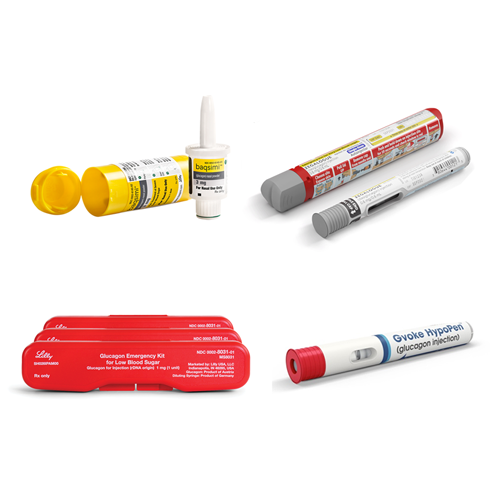
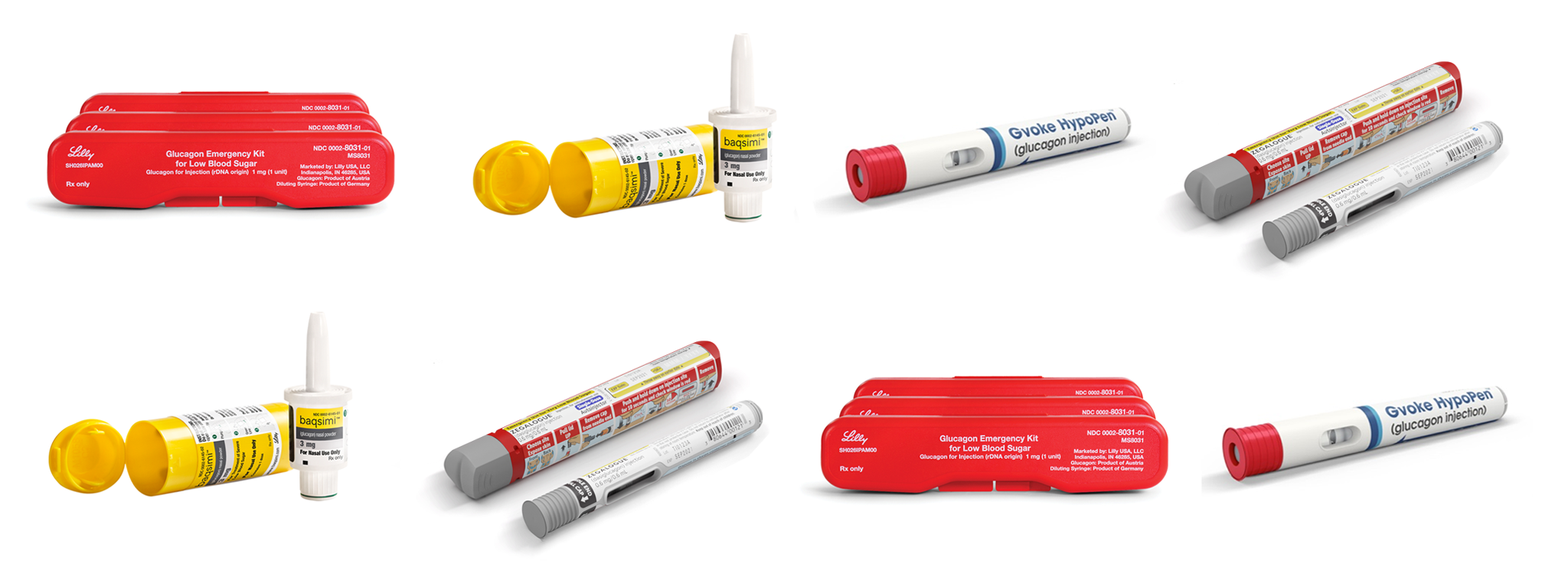
Glucagon
Glucagon raises your blood sugar (treating hypoglycemia) while insulin lowers it (treating hyperglycemia or preventing it when taken before eating).MORE
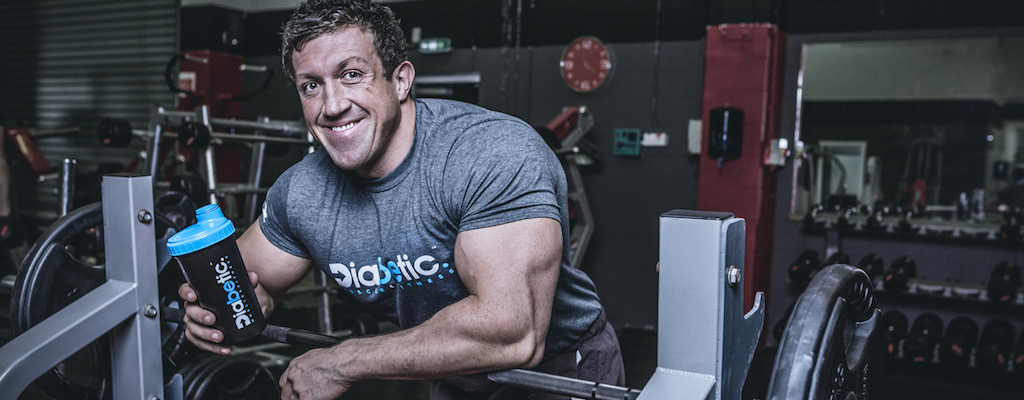
10 Reasons For Hyperglycemia During Training
Hyperglycemia is one of the biggest hurdles to improving health, getting in shape and performing well. Here are 10 reasons why blood glucose levels (BGLs) can go high.MORE

Blood Sugar Control—During and After Exercise
I’ll walk you through three different types of exercise, and what you usually can expect from a blood sugar perspective. I also suggest strategies for managing your blood sugar during and after each...MORE

5 Moves to Bring Down Blood Sugars in a Pinch
Trainer, nutritionist and diabetic health coach Matt Vende Vegte lets us in on his favorite five moves to bring stubborn BGs down - and you can even do them in the office! MORE

How To Prevent Lows During Exercise With Exercise Itself
Dr. Sheri Colberg shares her ways to prevent lows during exercise using specific exercises to do so. She has compiled these methods using research + athlete experiences.MORE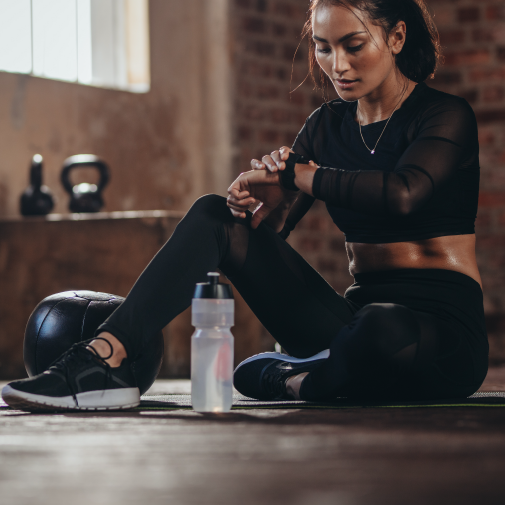

Don’t Crash: How to Manage Exercise Lows
Dive into the science behind the blood sugar drops during and after exercise so you can better understand and plan for them. MORE

Anticipate the Rise: How to Manage Exercise Induced Highs
Have you ever wondered why, with certain types of exercise, your blood sugar does not drop or even, in some cases, rises?MORE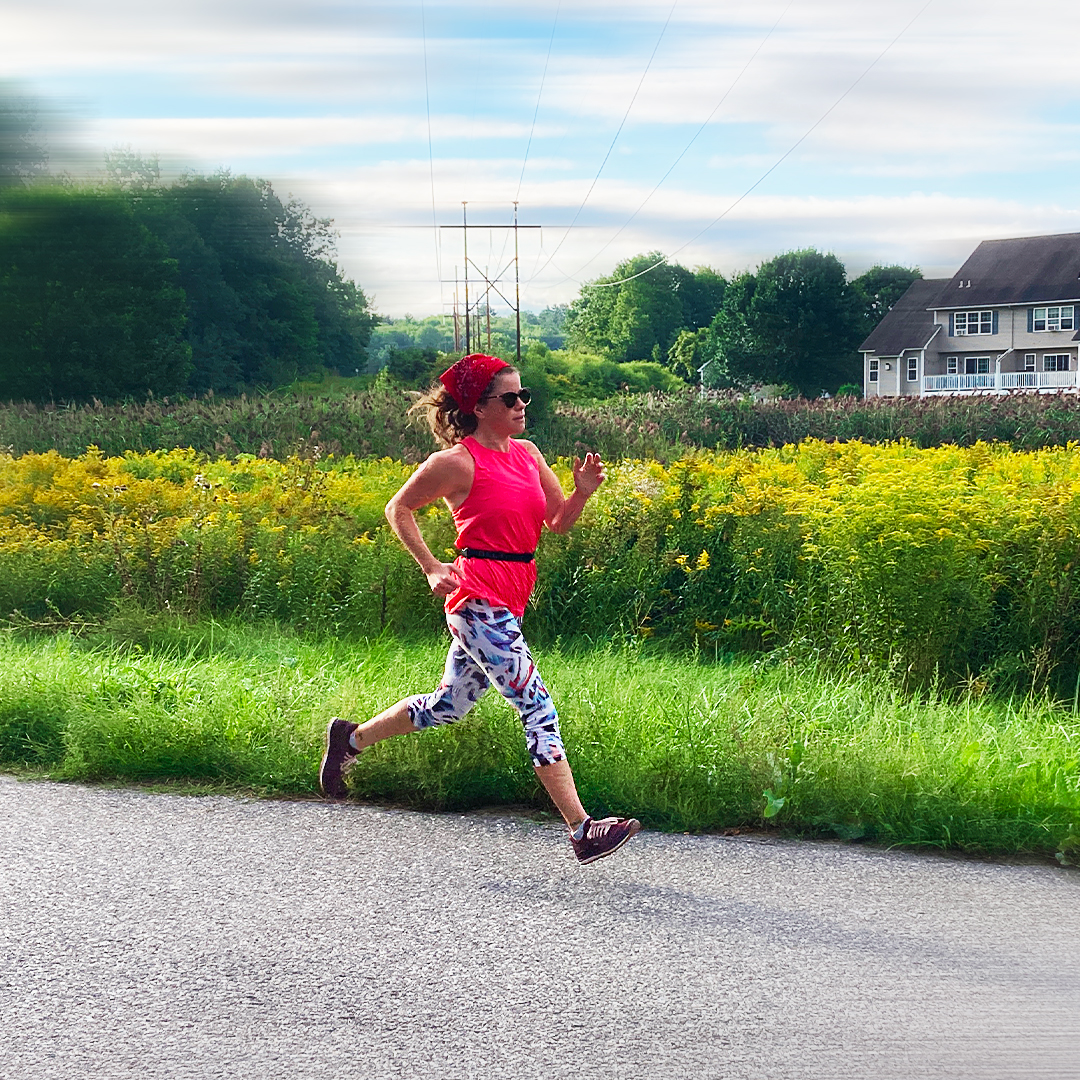

Tips: Endurance Exercise with a Closed-Loop Pump
Learn how to adjust your closed-loop insulin pump for any type of exercise with type 1 diabetes -- especially endurance training!MORE
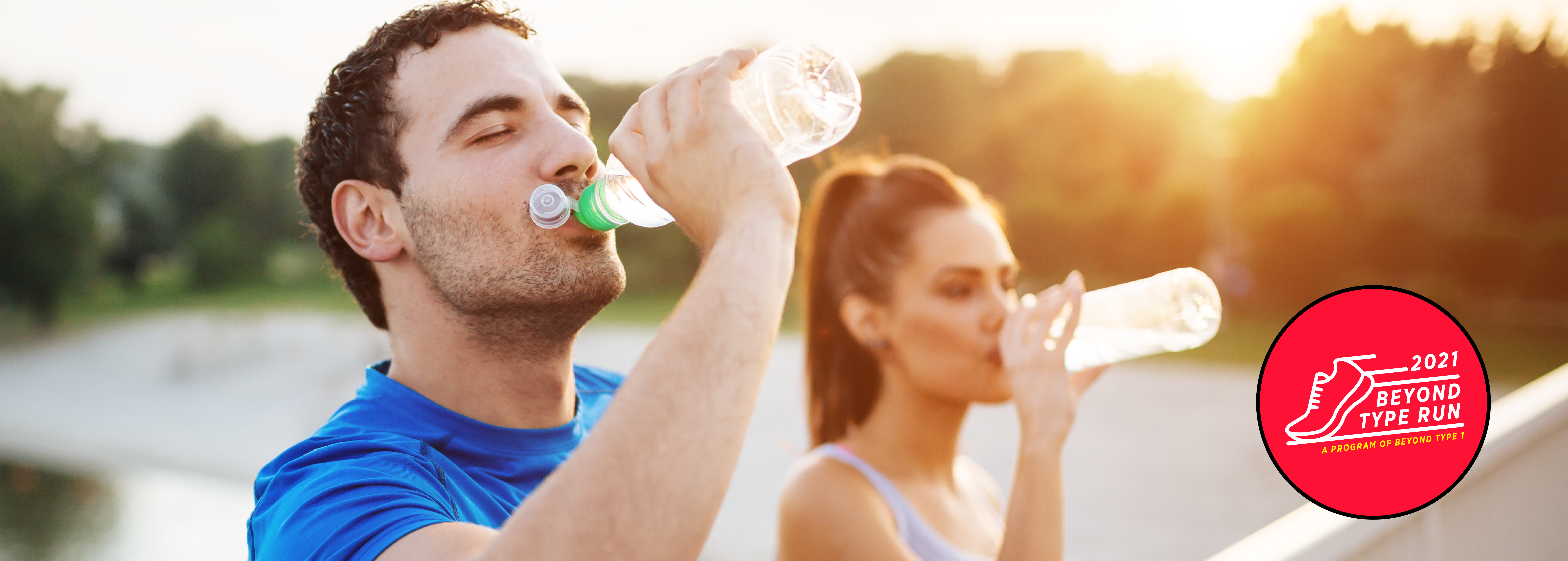
How Dehydration Can Spike Your Blood Sugar
Are you drinking enough water? Even mild dehydration can spike your blood sugar if you have diabetes. Learn why here...MORE

How to Adjust Your Insulin Rates for Endurance Training
How you adjust your insulin rates for endurance training is a careful and personal process. Here are some tips to help you along the way!MORE

Using an App to Track Blood Sugar Levels From Your Glucose Meter
Tired of using another device to track your blood sugar levels? As the saying goes, there's now "an app for that!" (Several apps, actually.)MORE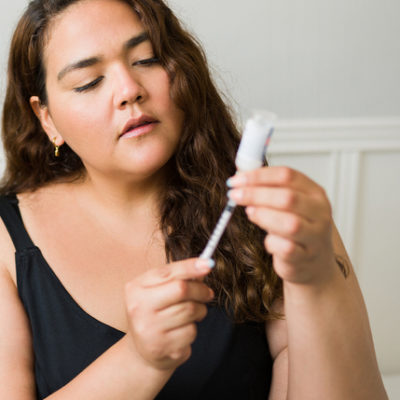

Tips + Tricks: Losing Weight While Taking Insulin
Insulin may be a life-saving medication but there are many misconceptions about its impact on your weight. Let’s get the facts straight.MOREReach Your Goals
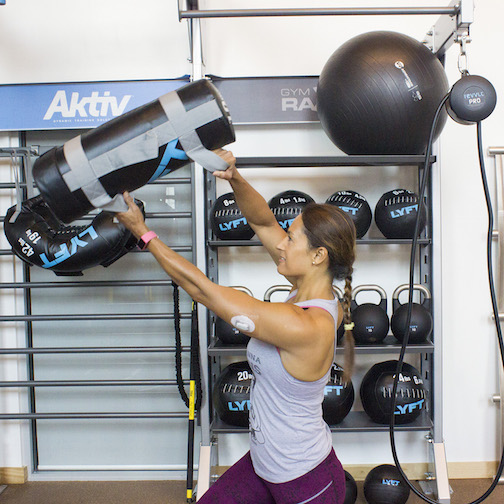
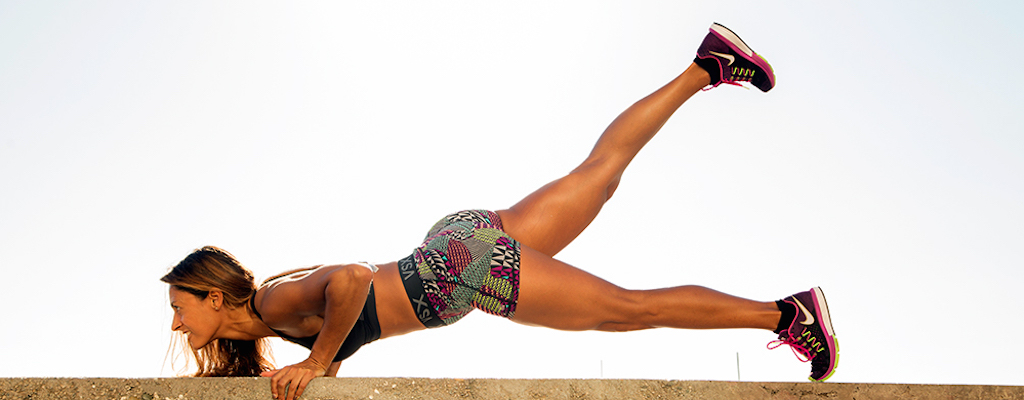
How to Reach Your Body Goals without Obsessing over Weight
As a personal trainer, and especially as a personal trainer who specializes in helping people living with diabetes reach their fitness goals, I always recommend a strength building fitness plan over a...MORE

How to Build Muscle with Diabetes
This is a basic overview of how muscle tissue is built and the important considerations people living with diabetes need to make in order to maximize their muscle growth potential. This advice is suit...MORE
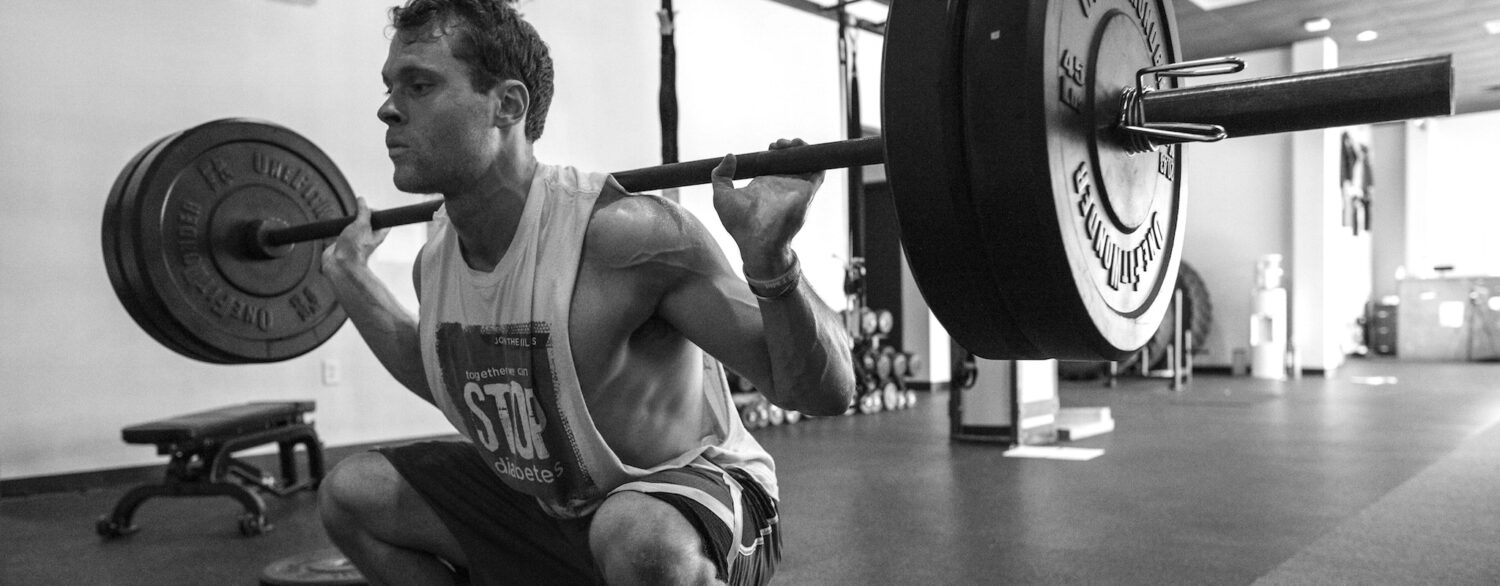
Post-Workout Meals and Diabetes: How to Fuel for Success
After an intense workout, your body craves caloric energy. Respond by turning to post-workout meals with glycogen, blood glucose and more.MORE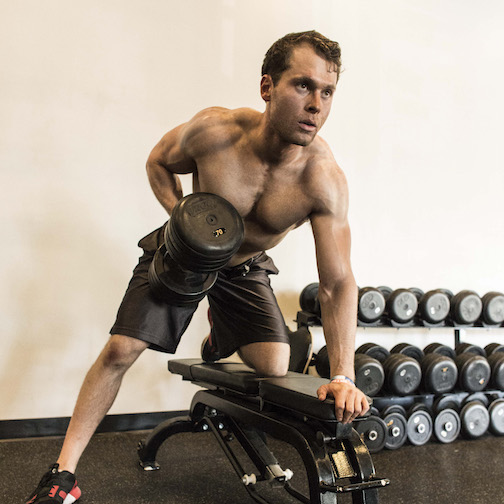

6 Ways to Make Sure Your Next Goal is a Success
Certified Strength and Conditioning Specialist, Ben Tzeel, gives 6 ways you can make your goals a success. No more excuses, and no more falling off that treadmill. MORE
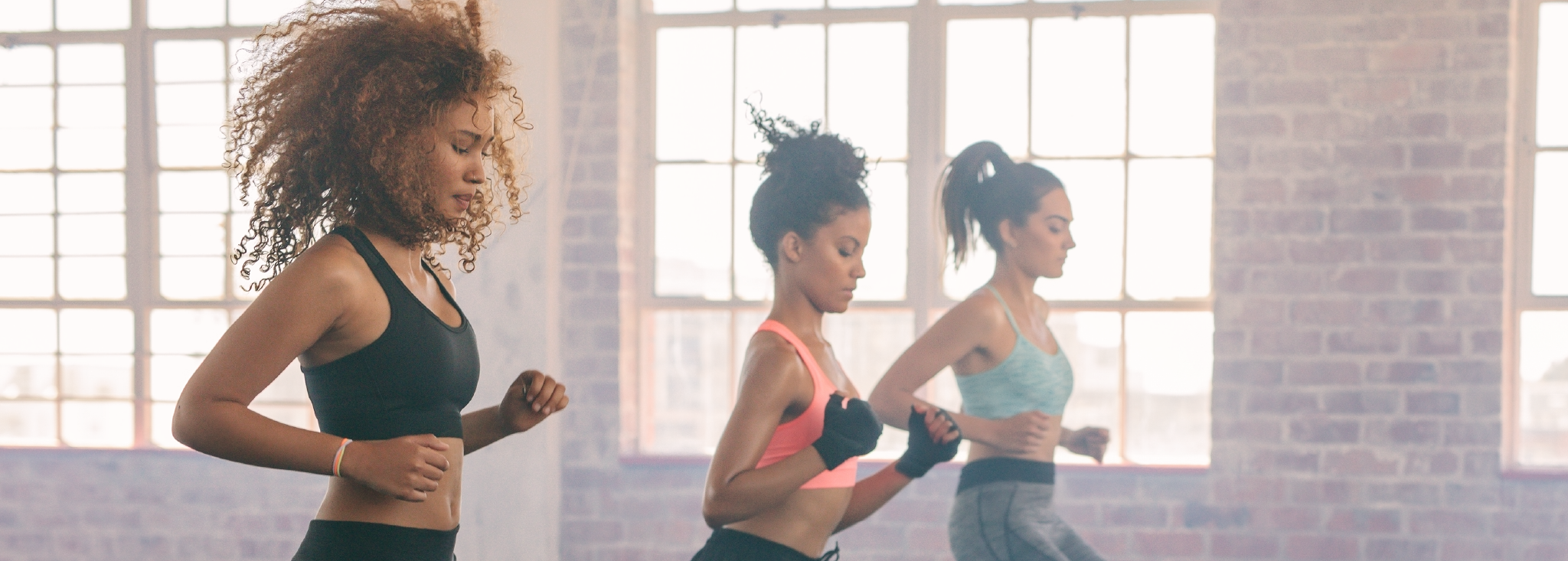
Ramp Up Your Exercise Performance
If you’re looking to ramp up your athletic performance, either for a major event or just to meet a personal goal, here are some tips and tricks. MORE
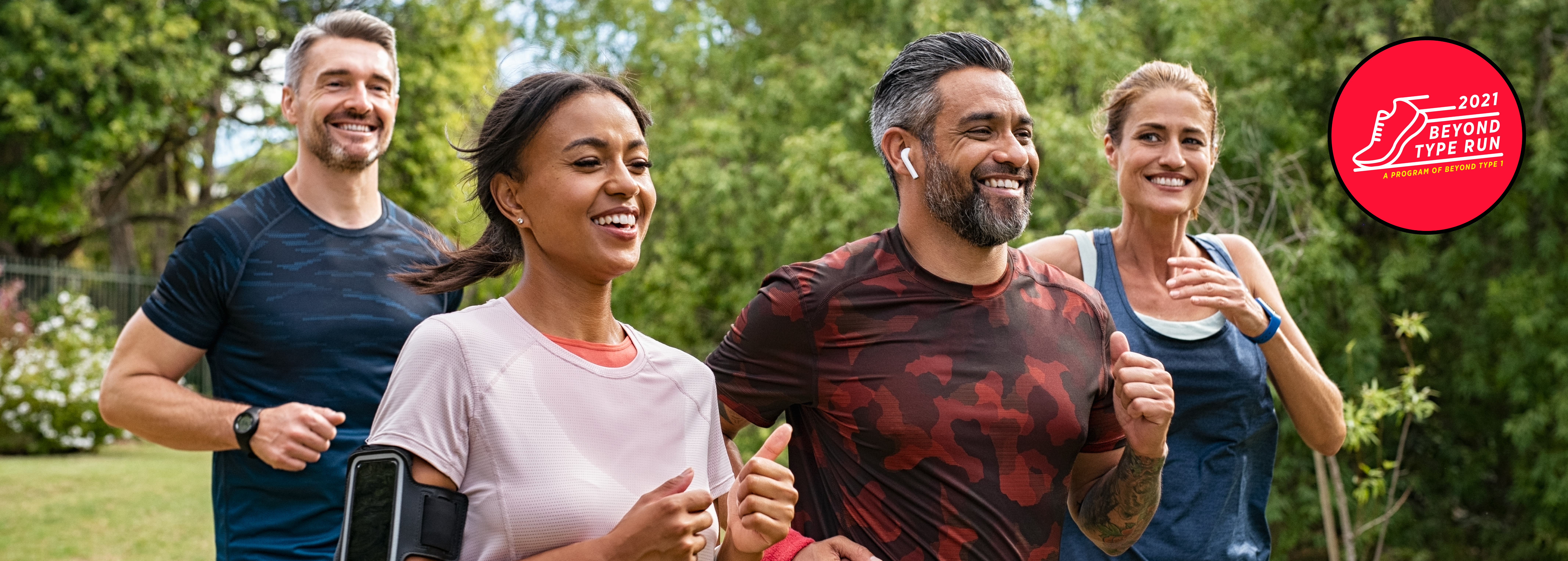
Endurance Exercise & Weight-Gain: Why It Happens & How to Prevent It
Training for a marathon but gaining weight? Understand why it happens and how to prevent it...MOREDive Deeper




The 5 Go-To Yoga Practices That Saved My Life
I discovered that Yoga is more than a good stretch. It’s a tree with many branches, each limb a path back to harmony and balance, a way to mitigate stress.MORE



Swimming and T1D
Whether swimming for recreation or competitively, at the pool or beach, it's important to keep some things in mind while managing type 1 in the water. MORE



Riding On Insulin – Tips for Skiing and Snowboarding with T1D
ROI puts on ski and snowboard camps for kids with T1D (and their siblings) across America, Canada and even New Zealand.MORE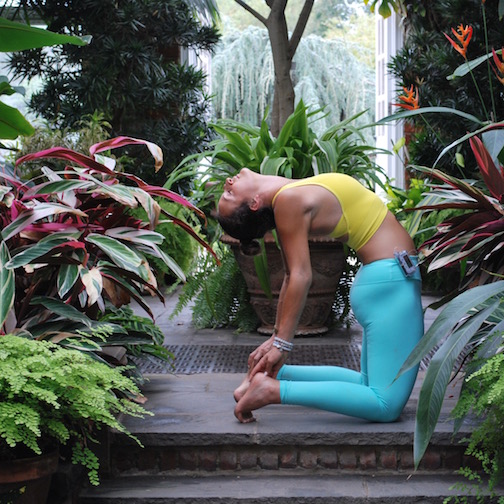



Yoga for People with Diabetes
While I didn’t start yoga to help me manage my diabetes better, every day my practice helps me do just that. Here are three ways yoga helps you conquer your diabetes, off the mat.MORE



Backpacking 101: Tips from the Experts at Connected in Motion
At Connected in Motion, we love connecting people around adventure. We love the intense sense of community created by a group of people exploring the edge of their comfort zones and leaping into the u...MORE



Yoga for Diabetes
The word yoga means wholeness, completeness. Instead of seeing myself as incomplete, yoga has taught me that no matter what happens to my body, the one looking out through the eyes (the experiencer) c...MORE



Tips for Beginning Climbers with T1D
Carter Clark talks tips for climbing for first-timers with Type 1 diabetes.MORE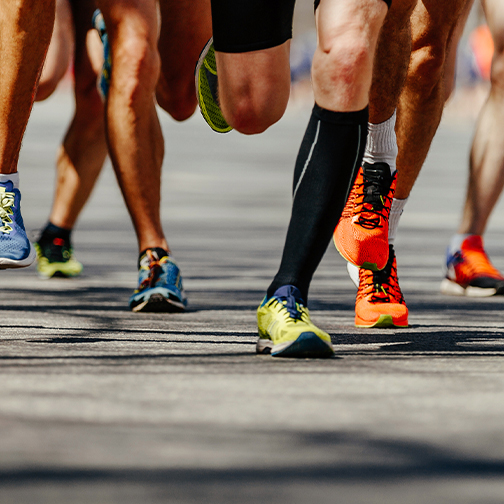

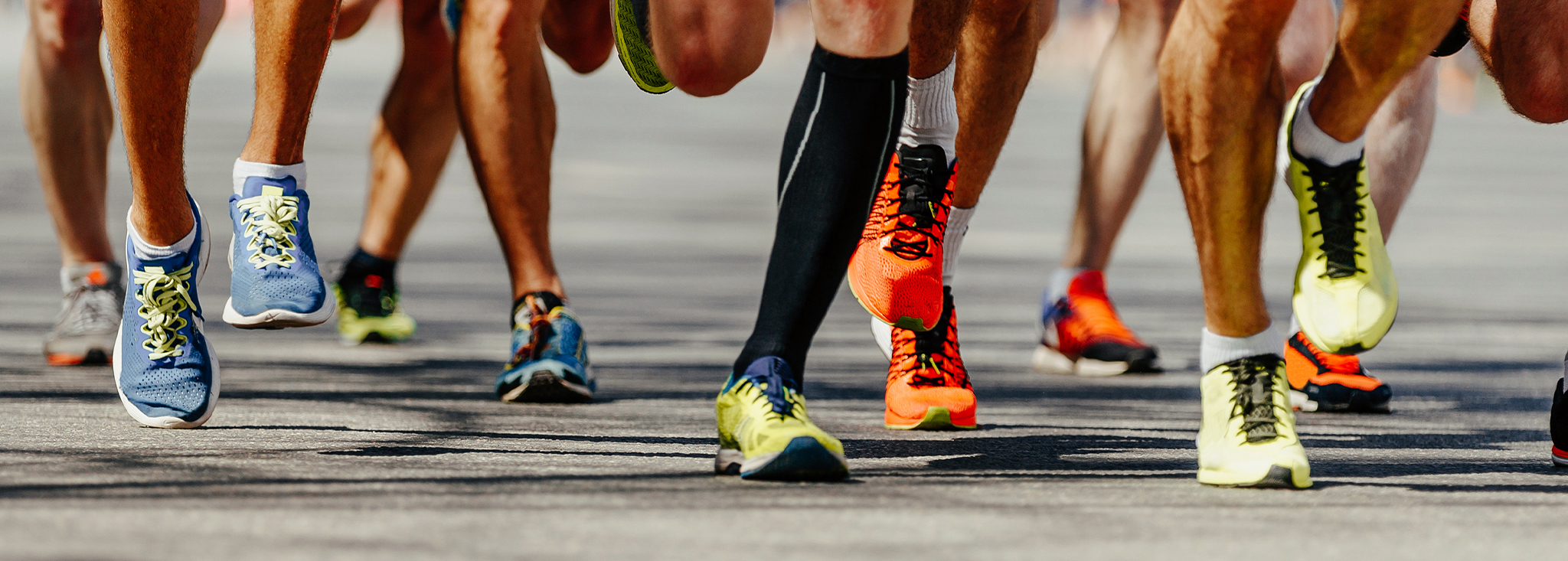

The T1D Guide to Running Your First Marathon
So, you have T1D and you want to run a marathon? You’re in luck! Alexi just did and shares her tips and tricks.MOREPersonal Stories
Here, you’ll find a huge variety of personal stories on managing blood sugar levels during exercise from people living with Type 1 diabetes.
Baseball & Football
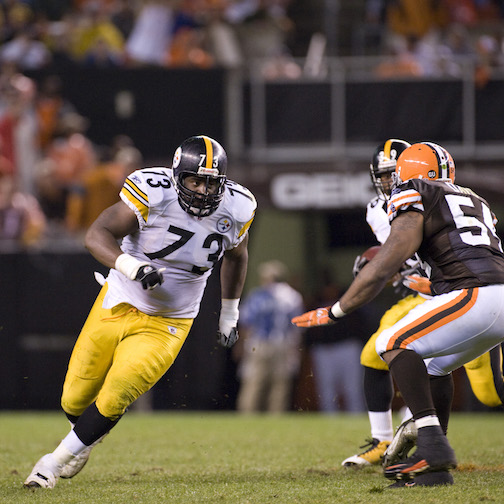

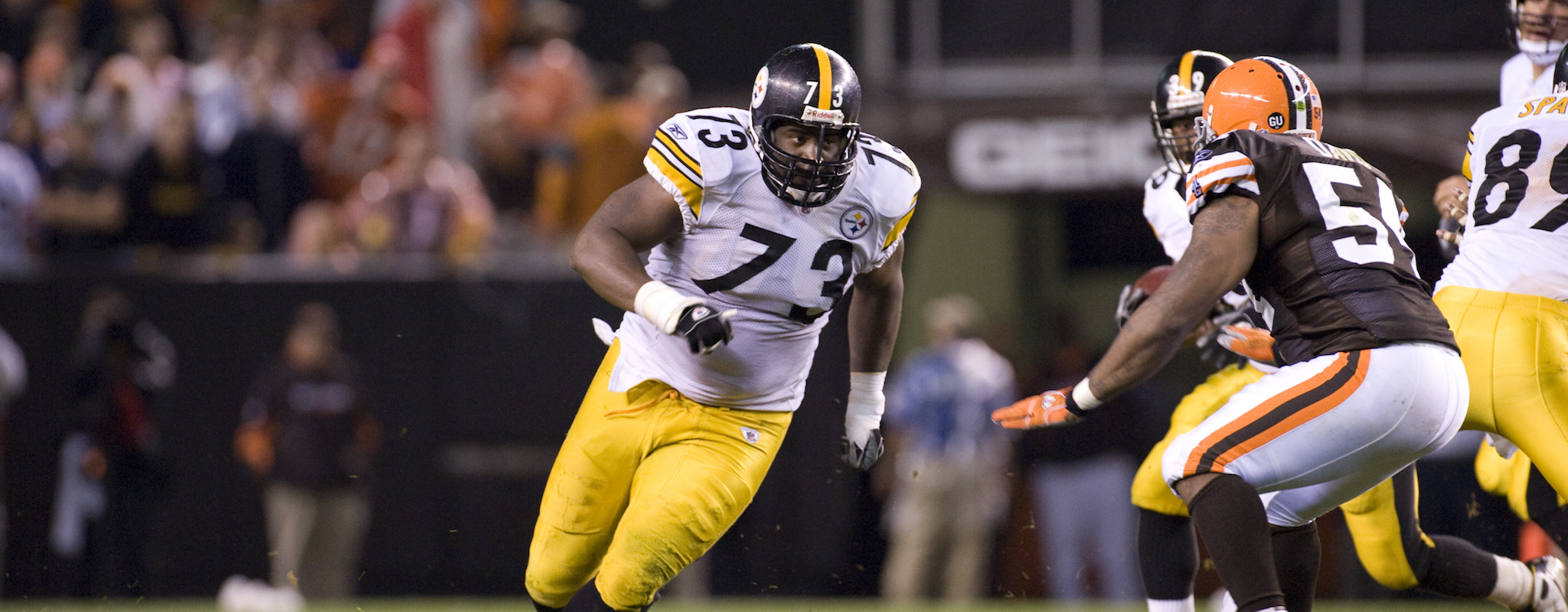

Kendall Simmons and His T1D Diagnosis in the NFL
Diagnosed with type 1 diabetes two years into his pro career, former NFL defensive lineman Kendall Simmons went on to win the Super Bowl.MORE



Talking T1D with Sam Fuld: Major League Baseball Player and Dad
When asked about managing his routine while on the road vs. at home, Sam stresses that every day is different no matter where he is. "If I’m playing and I’m 0 for 4 and I get no action in the...MORECycling
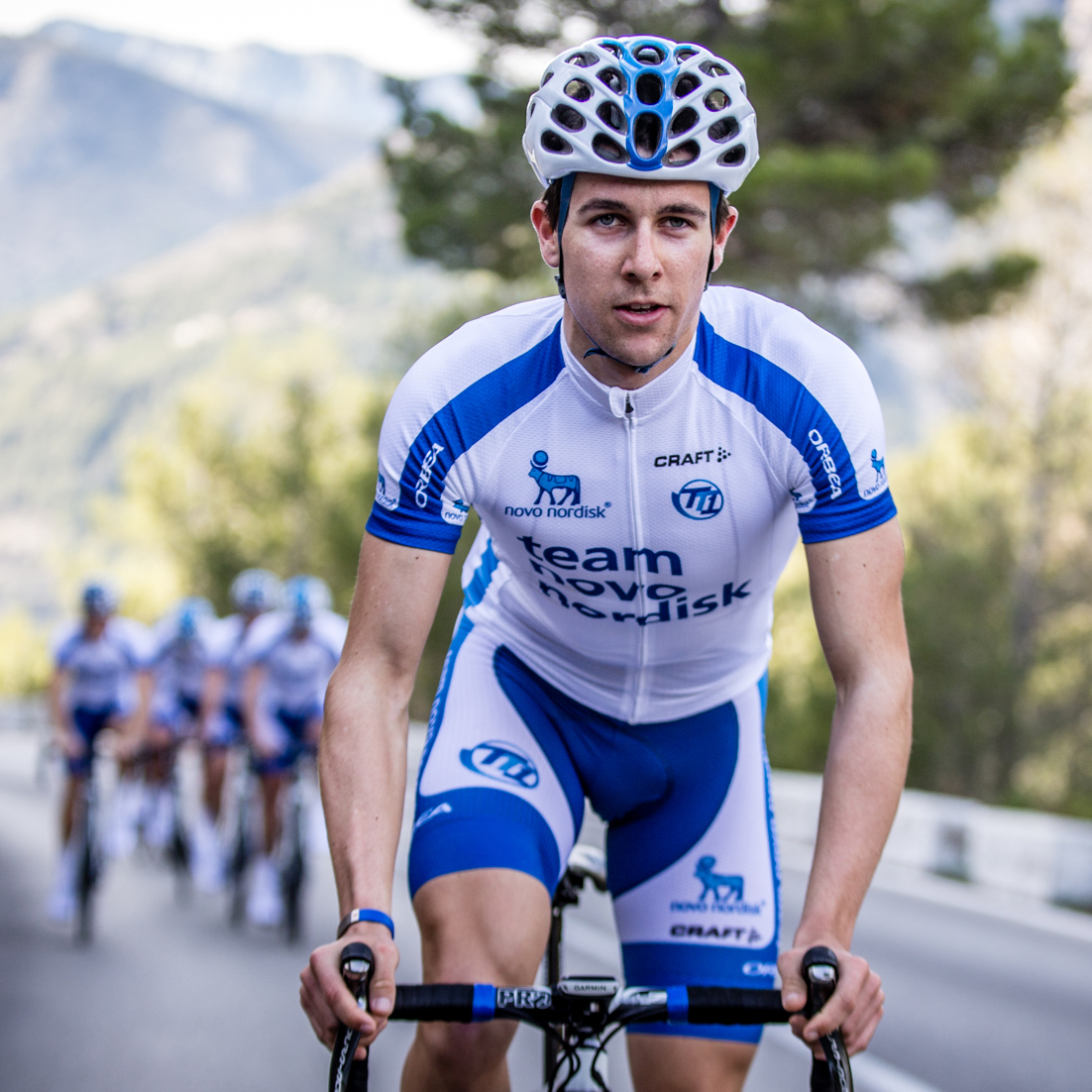

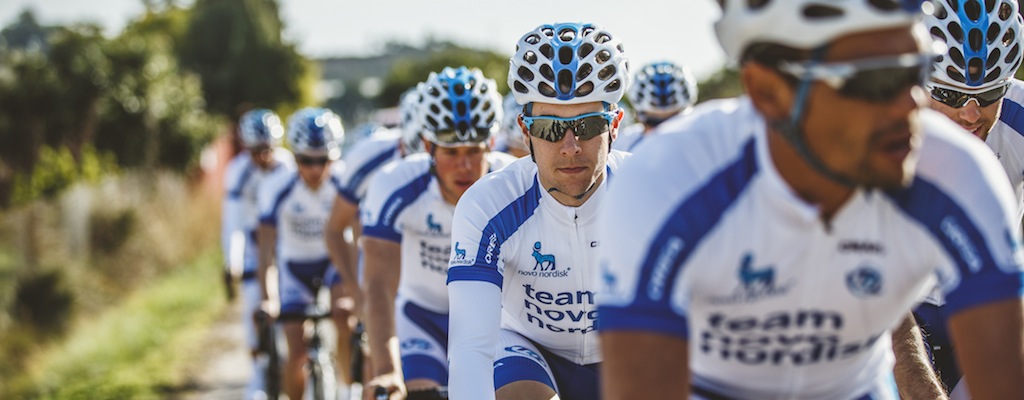

Top Irish Cyclist Diagnosed with Type 1
After consulting with my healthcare provider on a diabetes management plan, including nutrition and exercise, I went home from the hospital and went cycling. After that, I decided I wasn’t going to ...MORE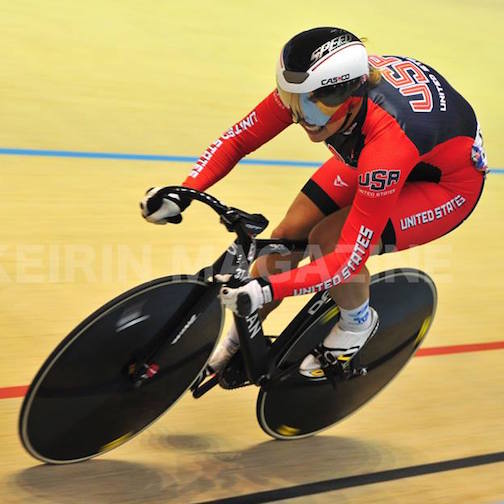

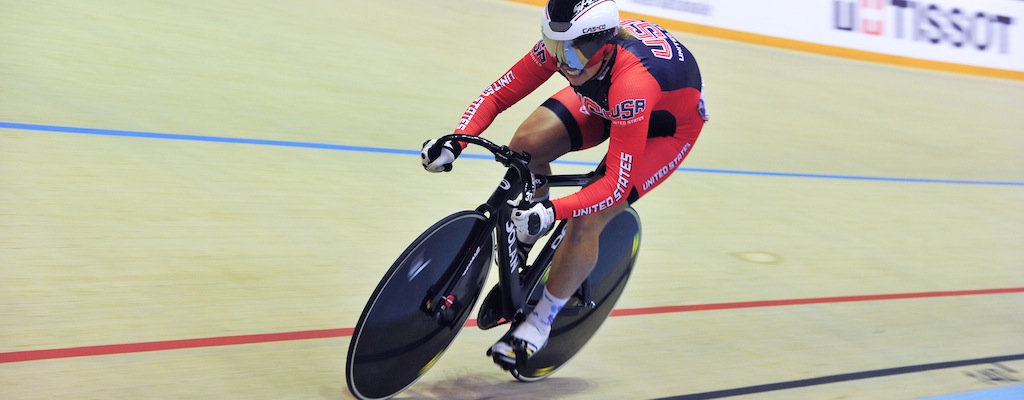

Type 1 Training Tips from a National Champion Cyclist
One of my biggest goals is to represent my country and Team Novo Nordisk in the 2020 Olympics Games. Not only would it be the pinnacle of my athletic career, but it would also be an incredible platfor...MORE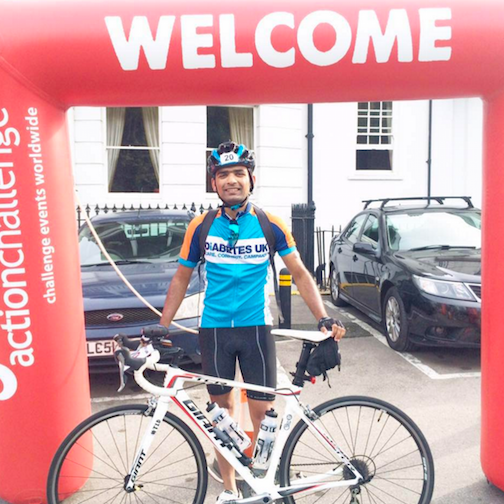



I went from “I can’t walk” to “I’m cycling to Paris”
Two days into taking insulin with no clue of what was to come next, I signed up for a three-day event cycling from London to Paris in September 2016. At the time I had lost significant weight, had no ...MORE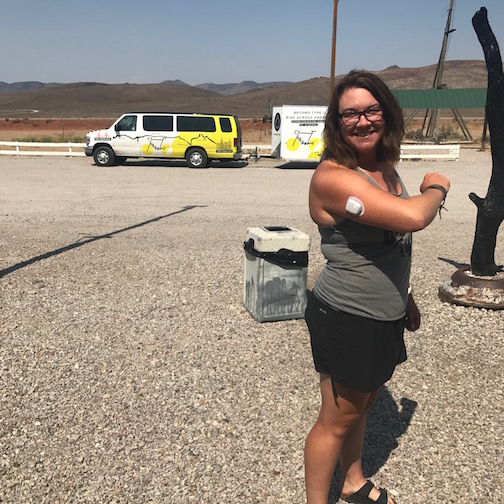



Cycling Cross-Country: T1D and Tubeless
Ultimately I selected the Omnipod based on the fact that it was waterproof (no need to “un-plug”) and, since I could basically wear it anywhere, I wouldn’t need to clip it on my swimsuit or worr...MORE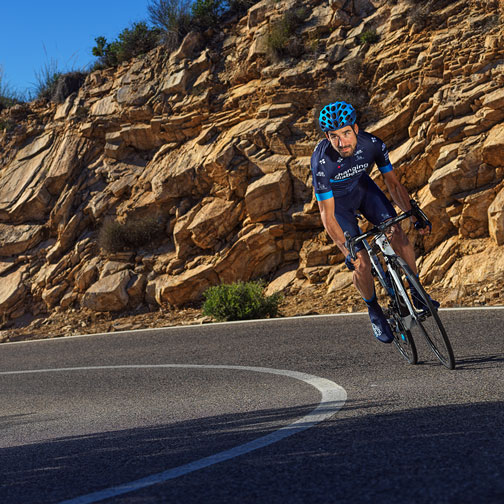



Transform Your Passion Into Character
David Lozano is a cyclist on Team Novo Nordisk, the first all diabetes professional cycling team.MORE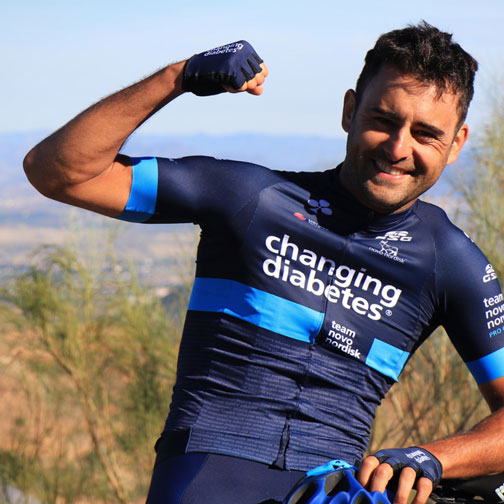

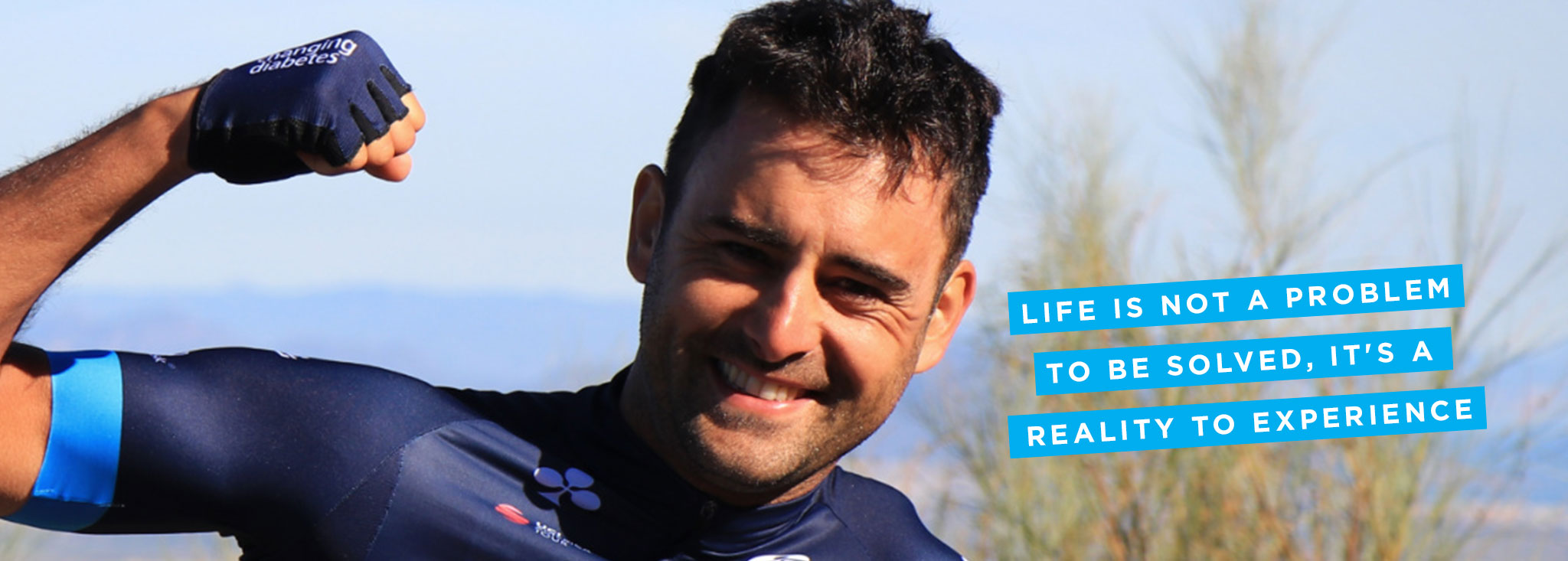

Life is Not a Problem to be Solved, it’s a Reality to Experience
Emanuel Mini is the first and only Latin American cyclist on Team Novo Nordisk, the first all diabetes professional cycling team.MORERunning
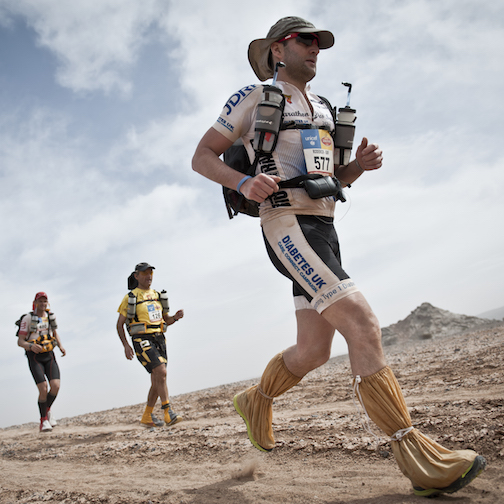



The Toughest Footrace on Earth
On March 11, 2016, Roddy Riddle, ultra-marathon runner from Scotland with Type 1 diabetes, will embark on the toughest race in the world and most certainly of his life — the 6633 Ultra Marathon of t...MORE



5 Tips for Running with Type 1 Diabetes
Running with diabetes hasn't always been pretty. It's been trial and error every single day. Within 10 days of my diagnosis, I had all the technology available to assist with diabetes manage...MORE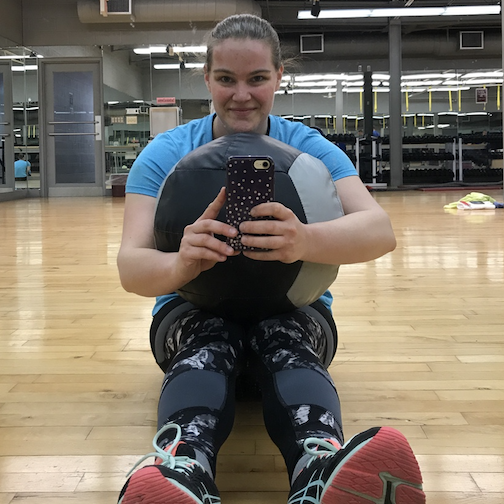

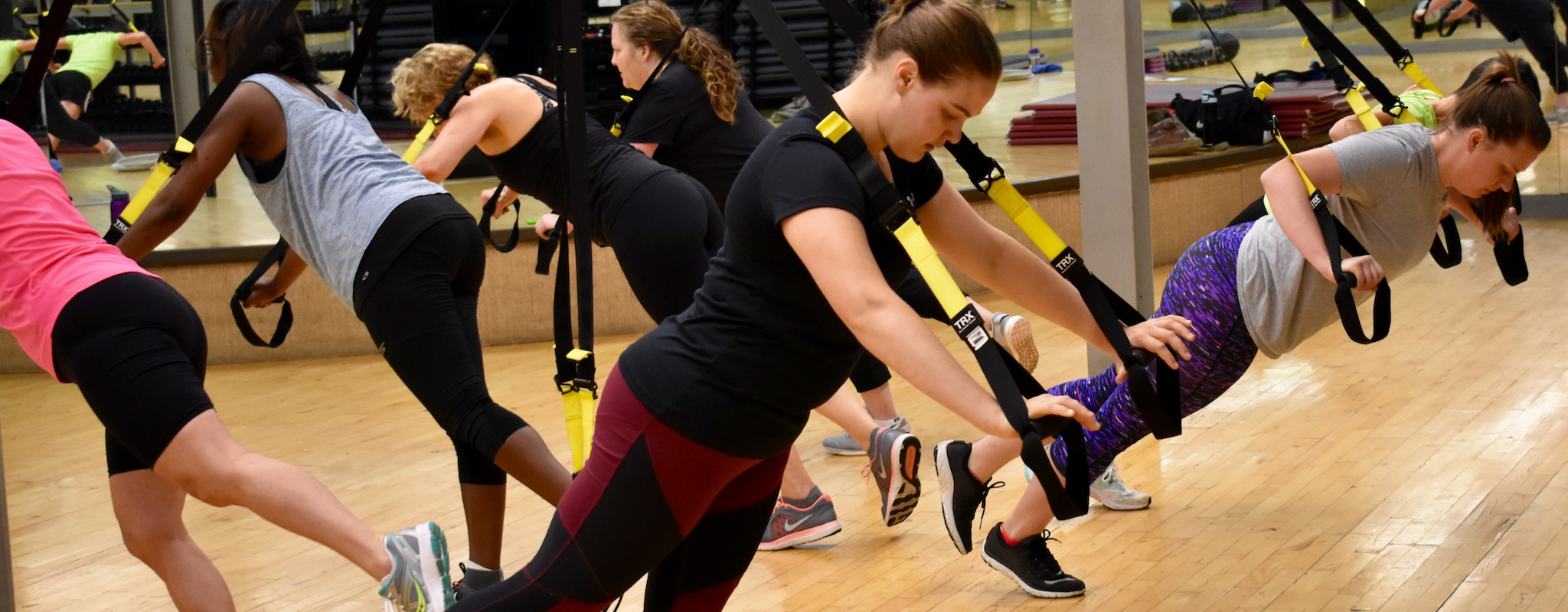

A Runner’s Guide to T1D
Twenty years after her diagnosis, Stephanie Kahn is readying to run a half marathon and a full marathon in the same year. While her training is readying her body, it's her mind she feels shifting...MORE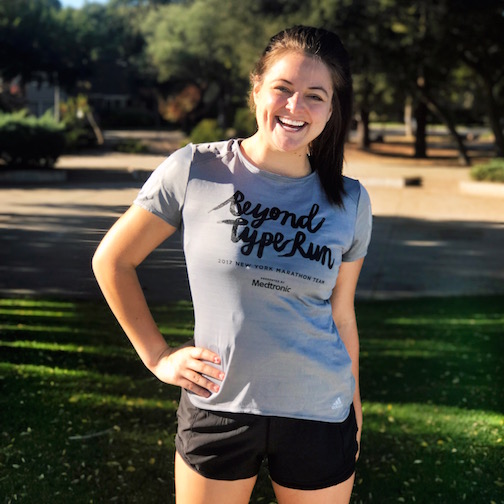



How I Learned to Love my Body
For the first time in my life, I was okay listening to my body. I listened to it when it was in pain, or when it told me it needed a day off. MORE

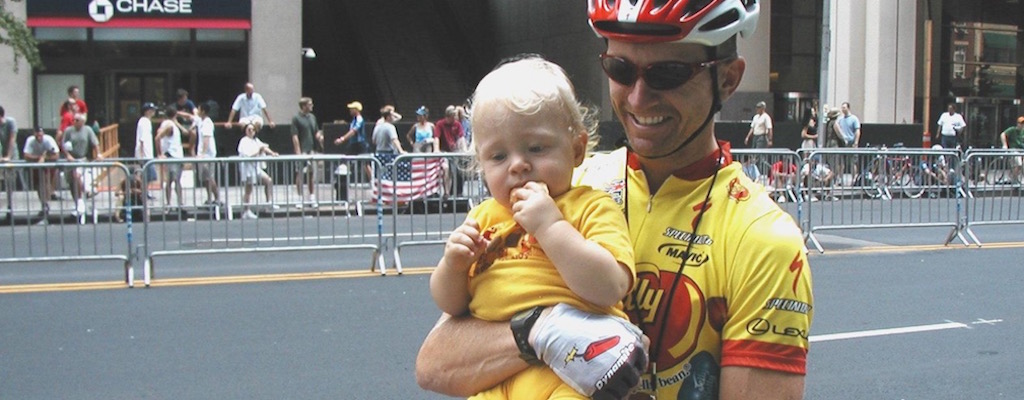

T1D Cardiologist Balances Life with Marathon Running
Running a marathon would usually be an exceptional experience to write about however in this case I am one of a team of athletes with Type 1 diabetes training for the 2017 TCS New York City Marathon.MORE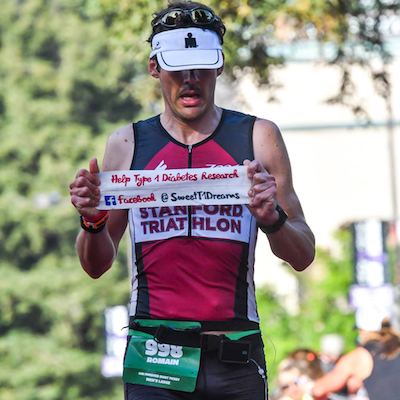



My Race to the Finish Line: I’m an Ironman with Type 1
My only goal was to finish for all type 1s. I was chasing the biggest athletic dream of my life, and I wanted type 1s to chase their own.MOREWeight lifting


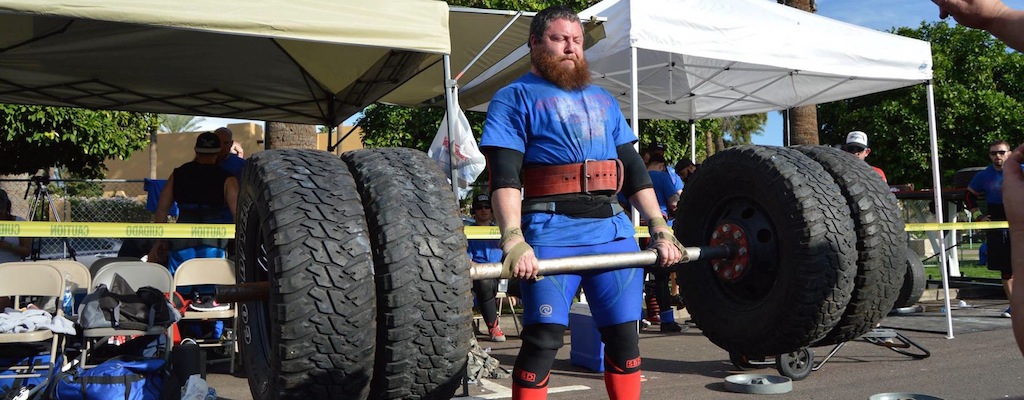

Bolus and Barbells—Heavy Weight Champion Inspires
With very little training, Rodney competed at 210 pounds and won second place in the deadlift and first place in the bench press. He discovered that he truly enjoyed competing, and all the training an...MORE



Party Animal Turned Physique Competitor
I've been a person with type 1 diabetes for 18 years, which has had its ups and downs. My control over the last six years has been good due to exercise and nutrition education, but it wasn't...MORE



Type 1 Powerlifter Redefines “Disability”
As far as personal fitness accomplishments, Chris currently holds four state records for powerlifting, and is on track to become a pro Powerlifter. "I can deadlift 606 pounds which is almost 3.5 ...MOREDance & Gymnastics




What It’s Like To Be a Ballerina with Type 1
I was diagnosed with Type 1 Diabetes during my sophomore year of high school, which was the biggest year for my dance career so far.MORE



Dancing in the Macy’s Day Parade
Herald Square was not meant to be a stage. It felt strange; instead of being surrounded by spotlights and curtains, I was standing in the middle of New York City, in nothing but a dance costume.MORE

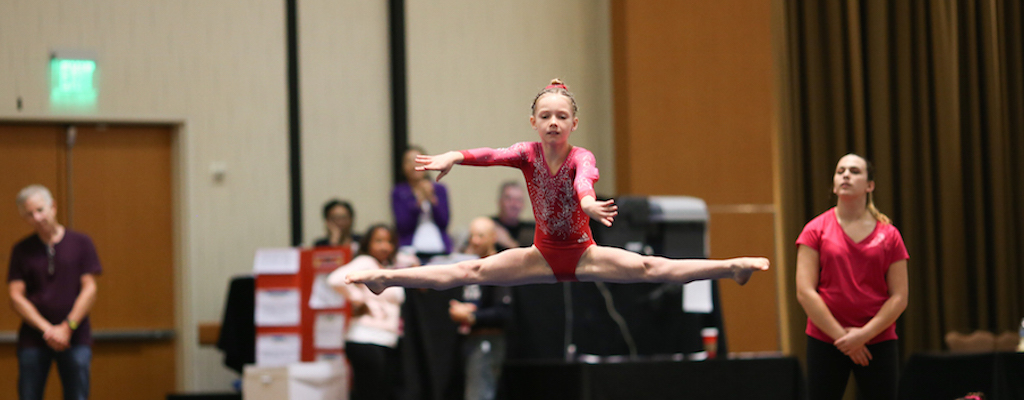

A Gymnast Superstar Lands on Her Feet
Gymnastics, just like diabetes management, requires hard work, commitment and perseverance. Gymnastics is my life and everyday I work through tough times until I reach the top. That’s what makes a c...MOREYoga






The 5 Go-To Yoga Practices That Saved My Life
I discovered that Yoga is more than a good stretch. It’s a tree with many branches, each limb a path back to harmony and balance, a way to mitigate stress.MORE



M is for Meditation
Have you ever wondered what all the fuss is about with meditation? Or have you told yourself you’re too busy to give it a try? Well I’ll let you on in on a secret.MORE



Striving for a Personal Best
When I joined my first Facebook group, I tried to remember my yoga training. But it was hard. Just like balancing on one leg is near impossible so is managing diabetes. MORESurfing + Swimming




Swimming On Insulin
A few weeks ago I wrote a letter called “Dear Diabetes.” An incredibly positive response followed that story and lots of people asked about my diabetes management during practices and meets. Hopef...MORE

